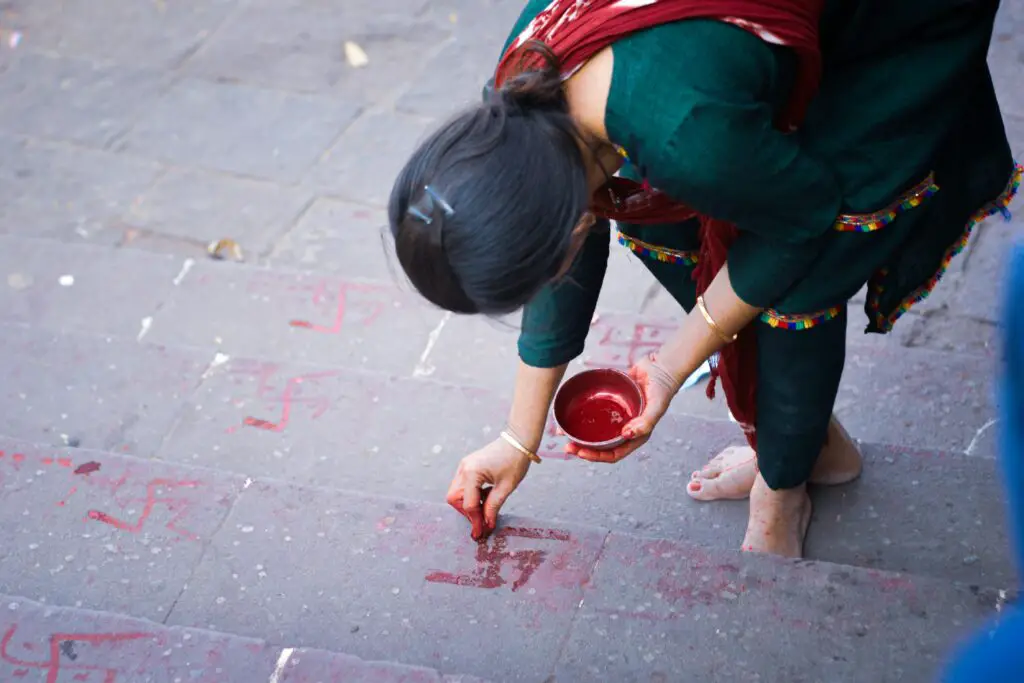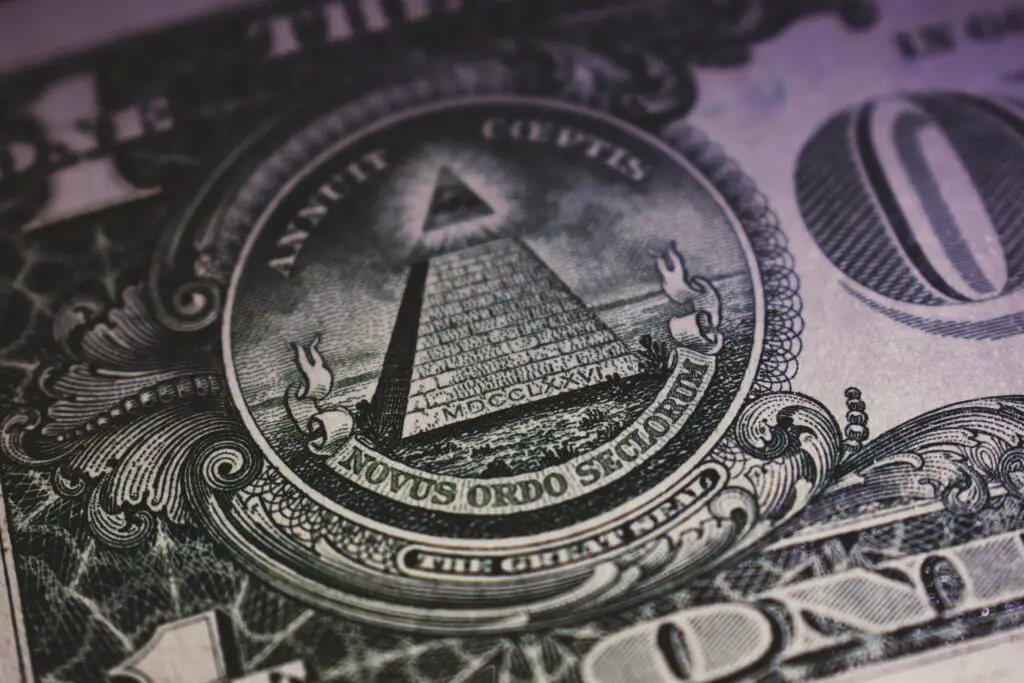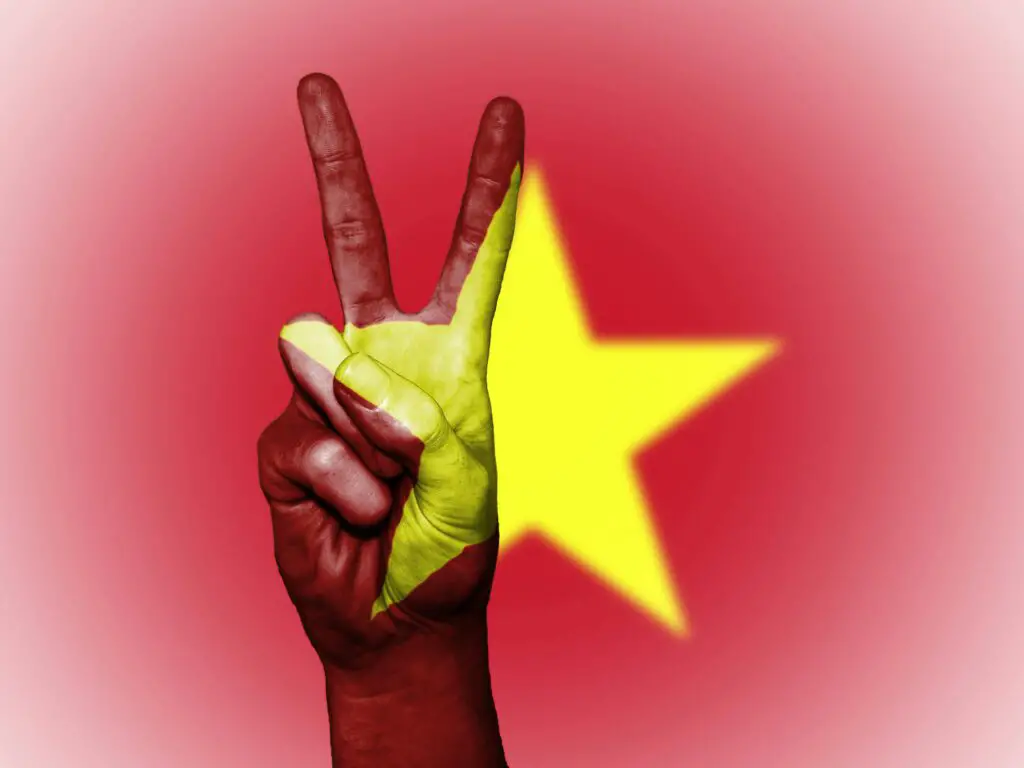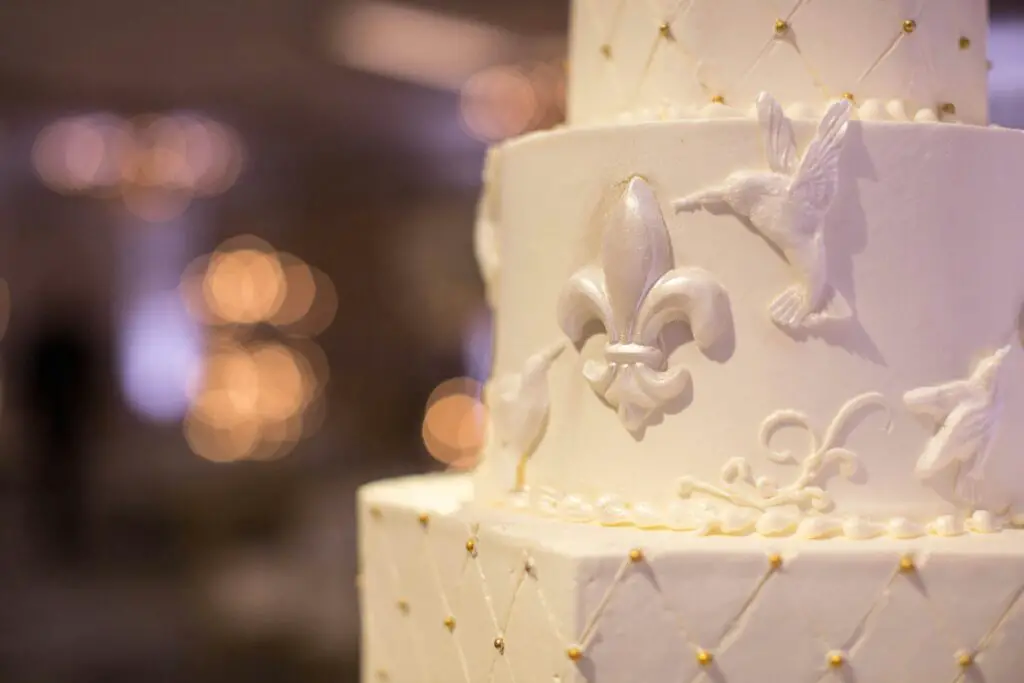1. The Peace Sign

Most people associate the peace sign with anti-war movements and universal harmony, but its origin tells a different story. Designed in 1958 by Gerald Holtom for the British nuclear disarmament movement, the symbol combines the semaphore signals for “N” and “D,” standing for “nuclear disarmament.” It’s fascinating how a symbol born from nuclear protest evolved into a broader representation of peace shares History Channel.
Over time, the peace sign transcended its original purpose, becoming a staple in the ’60s counterculture and beyond. Today, it’s used in various contexts, from fashion to social media, often detached from its anti-nuclear roots. This shift highlights how symbols can morph, gaining new meanings as cultures reinterpret them adds BBC.
2. The Yin Yang

The yin yang symbol is often viewed as a representation of good versus evil, but its meaning is much more nuanced. Rooted in ancient Chinese philosophy, it illustrates the concept of duality—how seemingly opposite forces are interconnected and interdependent in the natural world. Yin and yang represent balance, with each side containing a seed of the other, reflecting life’s complexities shares Britannica.
Misinterpretations often paint it as a simplistic battle between dark and light, overlooking its deeper message of harmony and balance. It teaches us that life’s contradictions are not opposing forces but complementary parts of a whole. This subtle yet profound philosophy encourages embracing life’s dualities rather than fighting them says Frontiers.
3. The Swastika

The swastika’s reputation took a devastating hit after its adoption by Nazi Germany, but its history spans thousands of years before that dark chapter. Originating in ancient India, the swastika symbolized well-being, prosperity, and good fortune in Hinduism, Buddhism, and Jainism. The word itself comes from the Sanskrit “svastika,” meaning “conducive to well-being.”
Unfortunately, its Nazi association has overshadowed its original meanings, creating a symbol of hate and intolerance in the Western world. Efforts to reclaim its positive connotations continue, especially in Eastern cultures where it remains a symbol of peace and luck. This stark contrast in interpretation shows how cultural context shapes meaning.
4. The Red Cross

The red cross is widely recognized as a symbol of medical aid and humanitarian assistance, thanks to the International Red Cross and Red Crescent Movement. However, its design is derived from the Swiss flag—a white cross on a red background—reversed in color to honor the movement’s Swiss founder, Henry Dunant. The intention was to create a neutral symbol of protection in conflict zones.
Over the years, the red cross has become synonymous with emergency medical care, disaster relief, and charity work. Despite this positive association, it’s essential to remember its original purpose: neutrality and impartial humanitarian aid during war. The symbol’s evolution is a testament to how meanings adapt to societal needs.
5. The Eye of Providence

Often seen on the back of the U.S. one-dollar bill, the Eye of Providence—a single eye enclosed in a triangle—is commonly linked to conspiracy theories and secret societies like the Illuminati. However, its true origin lies in Christian iconography, where it represents the all-seeing eye of God watching over humanity. The symbol is meant to convey divine providence and guidance.
The conspiracy theories surrounding it add a layer of mystery, but historically, the symbol was used to express faith and vigilance. The eye signifies God’s omnipresence and care, not secret agendas. It’s a perfect example of how symbols can be hijacked by popular culture, shifting public perception dramatically.
6. The V-Sign

The V-sign made with the index and middle fingers has two conflicting meanings depending on context and culture. In many Western countries, it symbolizes peace or victory, popularized by Winston Churchill during World War II and later embraced by the peace movement in the ’60s. However, in the UK and some Commonwealth countries, when the palm faces inward, it becomes an offensive gesture akin to giving someone “the finger.”
This dual meaning can lead to awkward misunderstandings, especially across cultural boundaries. It’s a reminder of how gestures, like symbols, can vary widely in meaning depending on historical and cultural context. Always worth checking the local etiquette before using it!
7. The Fleur-de-Lis

The fleur-de-lis, a stylized lily or iris, is often thought of as a generic symbol of royalty or nobility. While it did become associated with French monarchy, the symbol’s history is richer and more complex. It has been used in various cultures for centuries, representing purity, light, and life. In Christianity, it symbolizes the Virgin Mary and the Holy Trinity.
Its use goes beyond French royalty, appearing in coats of arms, religious art, and even modern logos. The fleur-de-lis’s enduring appeal lies in its versatility as both a religious and secular emblem, showing how one symbol can serve multiple roles across time and place.
8. The Infinity Symbol

The infinity symbol, a sideways figure-eight, is often used to represent limitless possibilities or eternal love. Its mathematical roots trace back to John Wallis in the 17th century, who used it to signify an unbounded quantity. While it’s now popular in jewelry and pop culture as a love or commitment symbol, its original meaning is strictly mathematical.
Over time, people have adopted it to express ideas beyond its numerical origin—endless possibilities in life, relationships, and the universe. This shift in interpretation shows how mathematical precision can give way to more abstract, emotional meanings in popular culture.
9. The Ankh

The ankh, an ancient Egyptian symbol resembling a cross with a loop at the top, is often thought to represent life or immortality. While it does symbolize life, it also embodies the concept of eternal life and the union of male and female forces. Egyptians used it in religious contexts, often seen in the hands of deities or pharaohs.
Today, the ankh is popular in jewelry and fashion, often stripped of its rich cultural and religious context. Its original meaning as a bridge between life and death is lost in many modern interpretations. The ankh is a classic example of how a symbol’s spiritual depth can be simplified in contemporary culture.
10. The Om Symbol

In Hinduism and other Dharmic religions, the Om symbol is more than just a trendy tattoo or a yoga class staple. It represents the primordial sound of the universe—the vibration from which all existence emerges. The symbol embodies the essence of the ultimate reality, consciousness, and the universe itself.
Western culture often reduces Om to a decorative or meditative element, losing its philosophical weight in the process. Understanding its spiritual significance offers a deeper appreciation beyond its aesthetic appeal. It’s a beautiful reminder of how symbols carry layers of meaning that go beyond surface-level interpretations.
11. The Heart Symbol

The heart symbol is universally associated with love, but its origins are surprisingly ambiguous. Some scholars suggest it stems from ancient depictions of the ivy leaf, a plant linked to fidelity, while others point to the shape of the silphium seed pod, a now-extinct plant used as a form of birth control in ancient times. The symbol’s association with romantic love seems to have solidified during the Middle Ages.
Its simplicity allows it to express various emotions—love, compassion, affection—making it one of the most versatile symbols in human culture. Whether in Valentine’s Day cards or emojis, the heart continues to convey warmth and connection, even as its origins remain a bit of a mystery.
12. The Omkara Hand Gesture

In many depictions of Indian gods and spiritual leaders, you’ll notice the Omkara hand gesture—index finger and thumb touching while other fingers extend outward. It’s commonly interpreted as a sign of meditation or blessing, but its deeper meaning is tied to the vibration of the “Om” sound and the balance of mind, body, and spirit.
The gesture represents the union of individual and universal consciousness, a key concept in Hindu and Buddhist practices. While often simplified as a peaceful pose in popular culture, the Omkara hand gesture carries profound spiritual significance, illustrating how gestures can encapsulate complex beliefs.
13. The Dreamcatcher

Dreamcatchers are often seen as Native American symbols of good luck or protection against bad dreams. Originating with the Ojibwe people, they were intended to filter dreams, allowing good dreams to pass through while catching nightmares in the web. Traditionally, they are hung over cradles or beds to protect sleepers.
Over time, dreamcatchers have been commercialized and adopted by various cultures, sometimes losing their cultural and spiritual significance. While they still hold meaning for many Indigenous communities, their widespread use as mere decorative items risks erasing their rich heritage. It’s crucial to appreciate their cultural roots when embracing such symbols.
